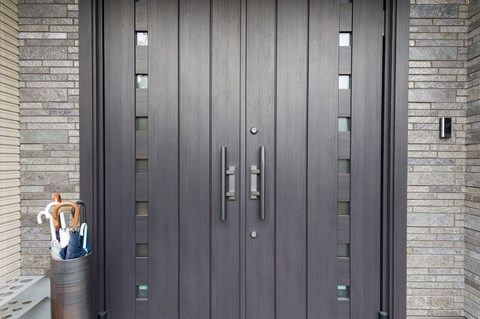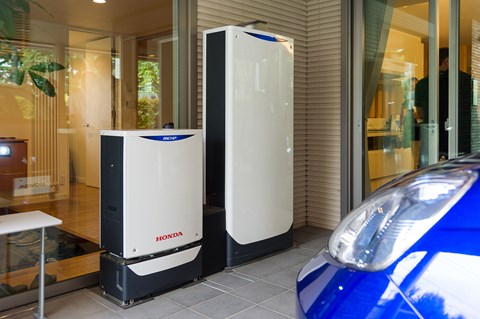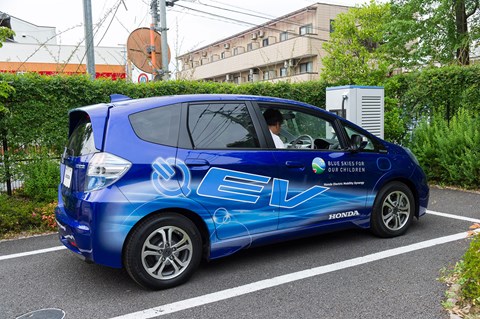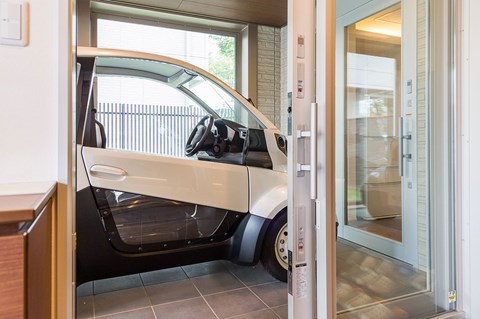► Inside the Honda Smart Home System
► Generates and stores hydrogen for energy
► Halves the CO2 of a conventional home
The Honda Smart Home System (HSHS) has been in development since 2012, pioneering the car maker’s vision for smart energy systems of tomorrow.
CAR visited the test house in Saitama, Japan, this week. It’s quite a sight to behold: might not look like much from the outside, but it’s bristling with electrical gadgets, energy-saving devices, and… a garage inside the house, so you can gaze lovingly at your car from the dining room table.
It might have been created to save the planet, but the HSHS proves that the company’s engineers are car enthusiasts at heart.

Step inside the doors and join us on a tour of Honda’s smart home of the future.
All our Honda car reviews
So what exactly is the Honda Smart Home System and how will it save the planet?
The Honda house is designed to manage its energy generation and consumption effectively, cutting emissions and using energy more efficiently than a typical home. It also incorporates smart charging for electric vehicles.
On the roof there are solar panels, and inside there’s a jewel-like petrol engine (no VTEC, though) to charge up the home’s battery pack or provide back-up power if there’s an outage.

There’s a Smart Hydrogen Station (SHS), which has the combined capability to produce, store and dispense hydrogen to power your Clarity Fuel Cell car. It can also be used to provide power and hot water for domestic use.
If you use renewables, such as solar power or waste-generated electricity, to power the SHS, you’ll be generating hydrogen with zero CO2 emissions.
And why’s the Honda house so cool?
Just look at it! It’s a modernist, minimalist delight, with a clean and open-plan design – and all the gadgets you could possibly need. From the self-parking electric car in the car port to the autonomous lawn mower, it has everything a tech head could possibly want.
For driving in the city, it comes with a Honda Jazz EV (below), which plugs into the wall (or the induction charger under the garage floor).

Thanks to Vehicle to Grid (V2G) technology, electric cars such as these will contribute to the stabilisation of the power grid when plugged in. It can also be used to power a range of other electrical devices around the house as an emergency back-up supply or as a battery for the house when the lights go out.
To make it perfect, we’d ditch the electric quad-cycle from the internal garage (below), and replace it with an original Honda NSX-R. If you’re going to have a car in the kitchen, you may as well make it a work of art.
More tech stories by CAR magazine
